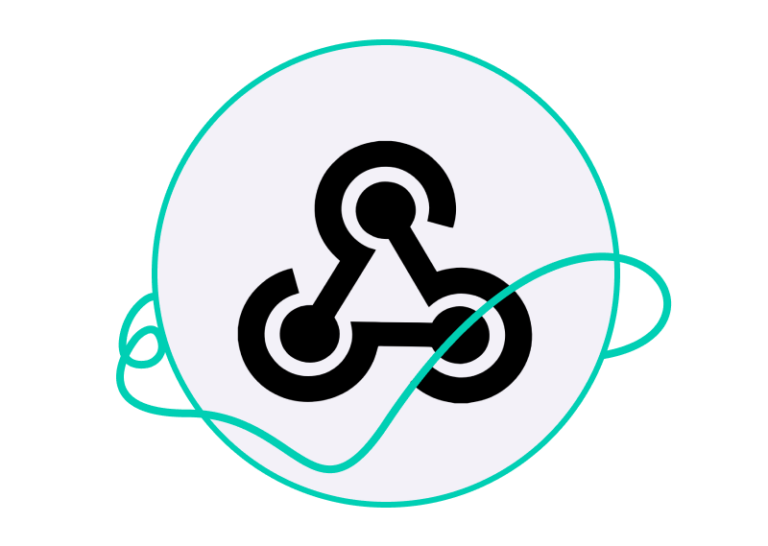By Jason Wyatt, Managing Director Marketplacer
It’s easy to point at ways in which online shopping has sharpened the way consumers buy. Suddenly potential buyers could walk around in a shop and simultaneously use their mobile device to double-check prices at online stores. Sellers had to be competitive.
If this is the case, why hasn’t Amazon and Book Depository annihilated Australian bookstores yet? Australian readers can get the same book for a fraction of the price online as they can at their local bookstore. It turns out booksellers can offer something that online stores can’t: a buying experience. You don’t buy books from Amazon the way you buy books from a bookstore; the browsing experience is different and the personal touch, where buyers receive tailored recommendations, can make a big difference.
Done right, a marketplace offers all the benefits of a tailored buying experience with all the benefits of online shopping. It not only becomes a buying hub for a segment, providing capacity for both online and offline sales, but also a community of interest. Here are some tips to start one.
1. Choose your segment wisely
Not every segment is suitable for a marketplace platform, for example low-cost products that require little consumer consideration. I wouldn’t advise starting a marketplace for standard pens, for instance, because they are too cheap and too readily available, people don’t care enough about the purchase to visit a specialist marketplace. You’d also need to sell a huge volume to cover the cost of operations.
Highly fragmented, larger scale industries, on the other hand, are perfect for a marketplace because it improves on the existing buying experience by bringing sellers together so buyers don’t need to do the work to find each one. A category such as fashion would be perfect. Imagine if you could say to a woman, “I’ll show you every single red dress available for sale in the world in one spot”? You’d get a lot of traffic.
2. Make sure the marketplace can scale
The market segment should also have enough buyers and sellers in it to sustain a steady amount of trade, and have the potential to scale. Really small industries, or segments that are too niche or specialist, a marketplace for harpsichords, for example are not going to give you solid future growth.
When my co-founder and I started Bike Exchange, we did so knowing that more bikes were being traded than cars. While buyers wouldn’t necessarily buy an entire bike every month, many are serious riders who need cycling gear and bike accessories as well as bike parts. These loyal, repeat customers are part of the reason we have website traffic of more than 1 million visitors a month.
There’s no market too big; the key is how you make it relevant, and can continue to make it relevant, to your ideal customer. The buying experience is the key to attracting and retaining those customers.
3. Leverage your network
Marketplaces work as a platform, so the key for entrepreneurs who want the platform for a particular segment is to build and leverage a network of relevant stakeholders. Being able to network and partner with key contacts within the industry will help accelerate growth at the start; if you can go to one meeting and sign up a thousand stores, that’s going to be a lot better than going to a thousand meetings and signing them up individually.
When we entered into a joint venture partnership with TiniTrader.com.au, our baby goods marketplace, it was with a partner who already knew the segment inside out and had already built a lot of social capital with relevant traders. That made it easier to scale up the marketplace as soon as we came on board.
4. Tailor your marketplace
The platform aspect of a marketplace, the backend program and algorithms and structure, comprises 80% of a marketplace. The other 20% is the tailoring, which involves optimising the buying experience for the segment of buyers you’ve identified as your tribe, it is the most important differentiation.
The tribe of bike riders on Bike Exchange is different to the tribe of mums on TiniTrader.com.au. Demographically, they act differently when they are evaluating products, they search differently, so the categorisation structure needs to be tweaked, and the tone of the content also differs. To succeed, each marketplace needs to be authentic to create an amazing customer experience for that segment.
We built Bike Exchange knowing that it was not just about bikes, it was about a specific customer set. When we took away the bike trading, we realised we had a powerful engine that could support other verticals; all we required was someone to understand that vertical and tailor it. And that’s how marketplaces are born.





